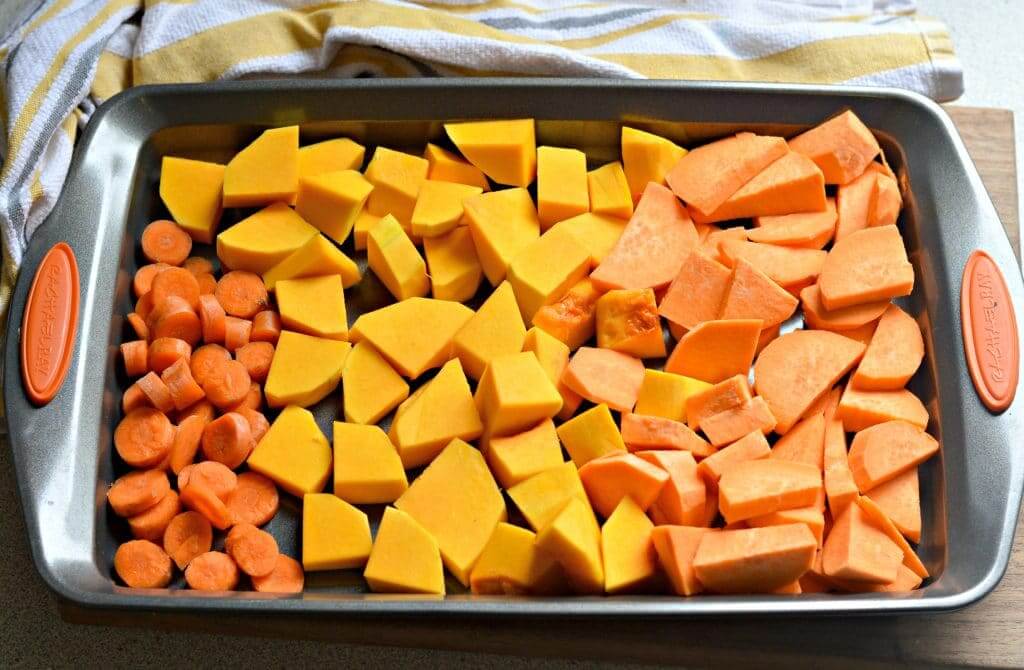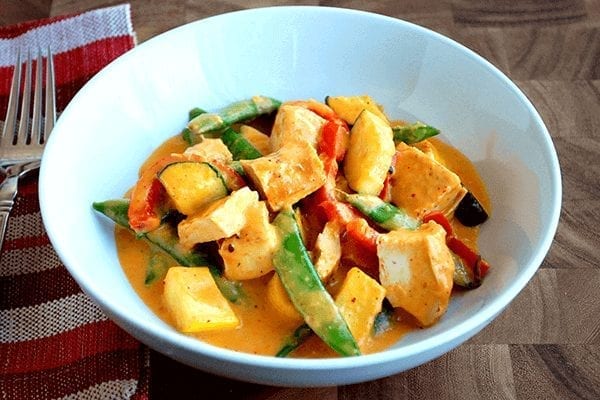Orange Vegetables – An Ode to Butternut Squash and Sweet Potatoes
My least favorite color in the entire world is orange. To begin with, it screams headaches, 1970’s décor and spray cheese. It means fake suntans, unbrushed Cheeto teeth and Hobby Lobby for three dismal months of the year. It’s Easy Jet when you wanted United Airlines. It’s Fanta when you need a Coke. It’s Mastercard when they only take Visa. I know no one and nothing that looks good in man-made orange. But I do like sunsets and vegetables. Orange vegetables get a carte blanch in my house. A Get Out of Jail Free Card. A Pass Go and Collect $200 status. In truth, orange vegetables are the bomb. Quite honestly, I can’t get enough of them and the best part is, they’re incredibly good for you.





